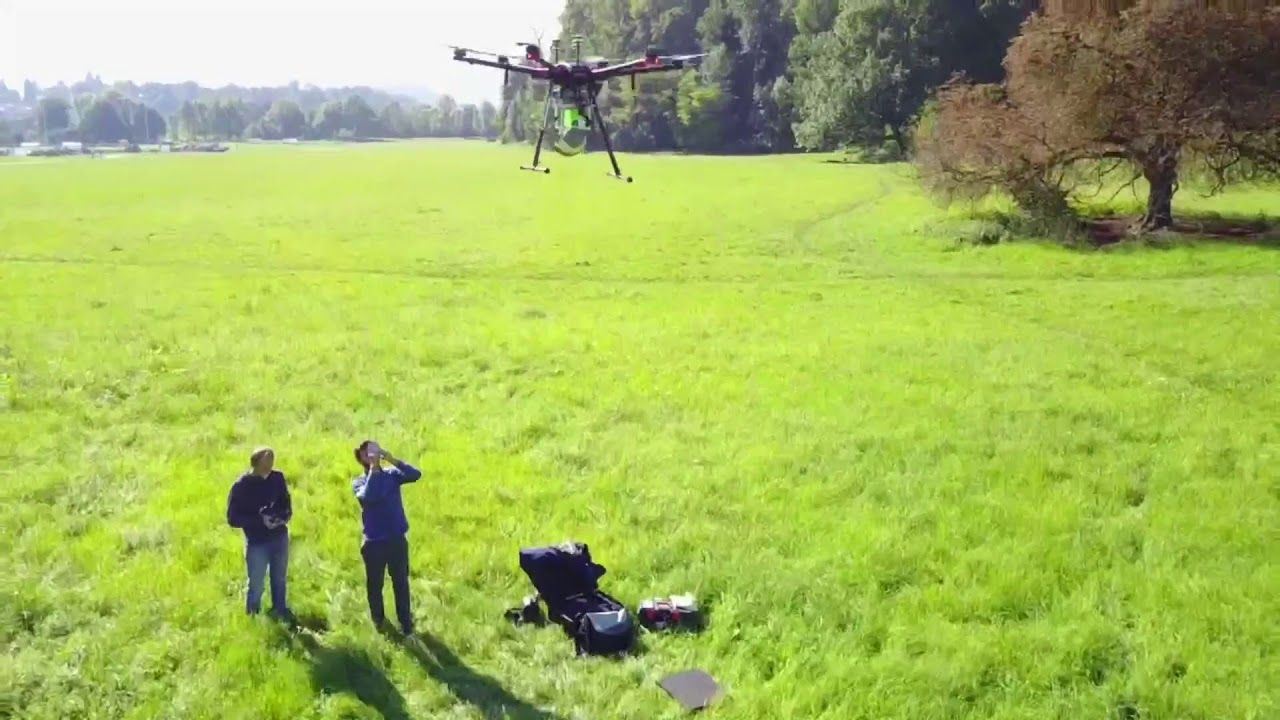On an early spring morning, a humming drone hovered over a small town in Bahia, Brazil. Three hundred feet above ground, a small canister clicked open, ejecting its contents into the mouth of the release mechanism below. For a moment, there was silence. Then, a swarm of mosquitoes, freshly awoken from icy slumber, stretched their wings and took flight.
Each specimen was male, single and ready to mingle—and if all went as planned, the buzzing horde of eager virgins would steadily infiltrate the local mosquito population, coupling up with thousands of lucky ladies in the days to come.
Considering that there are about 100 species of mosquito that carrying deadly human pathogens—including parasites that cause malaria, as well as Zika, dengue and West Nile viruses—this may sound like the horrifying start to an apocalyptic science fiction film à la Outbreak. But it’s quite the opposite: The mosquitoes unleashed in this experiment may be some of the best weapons against the spread of infectious disease.
